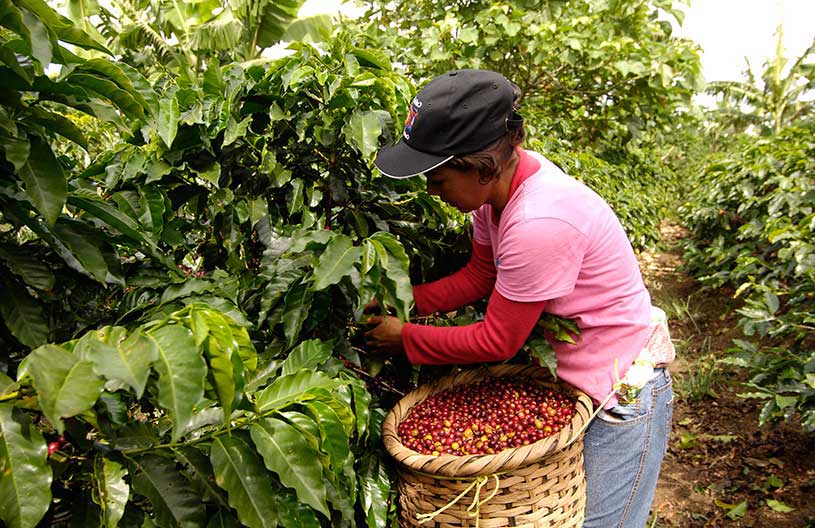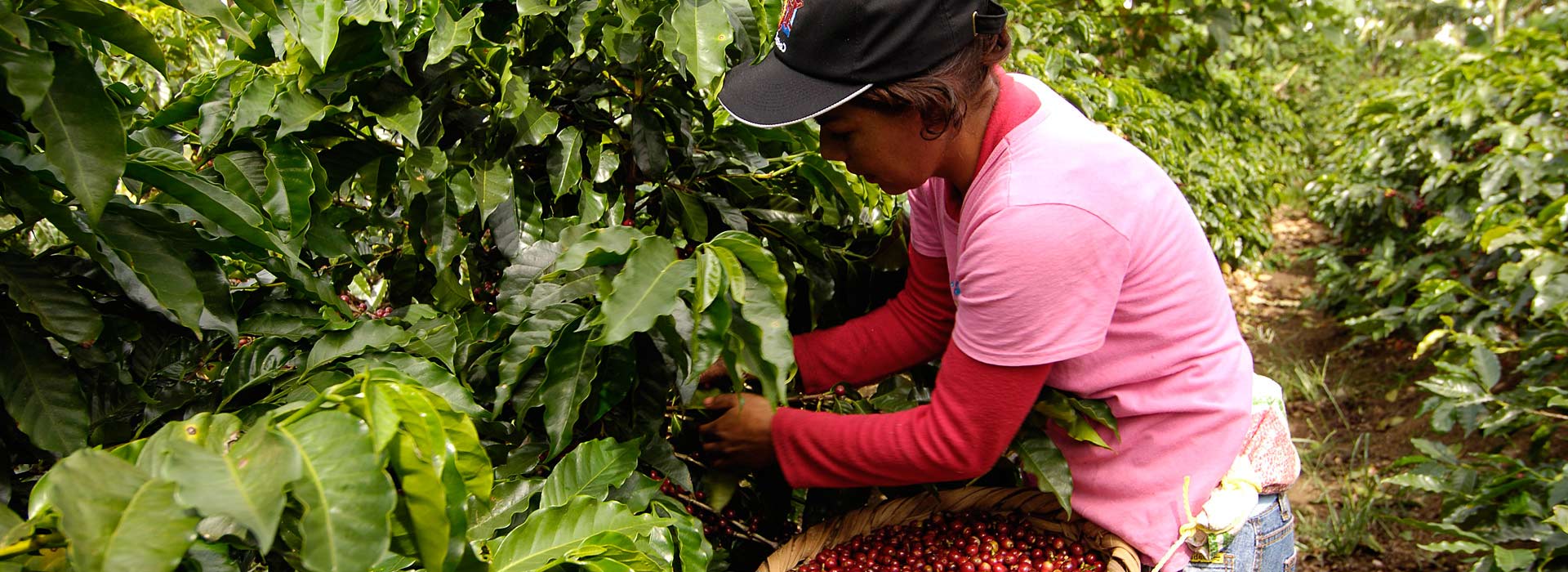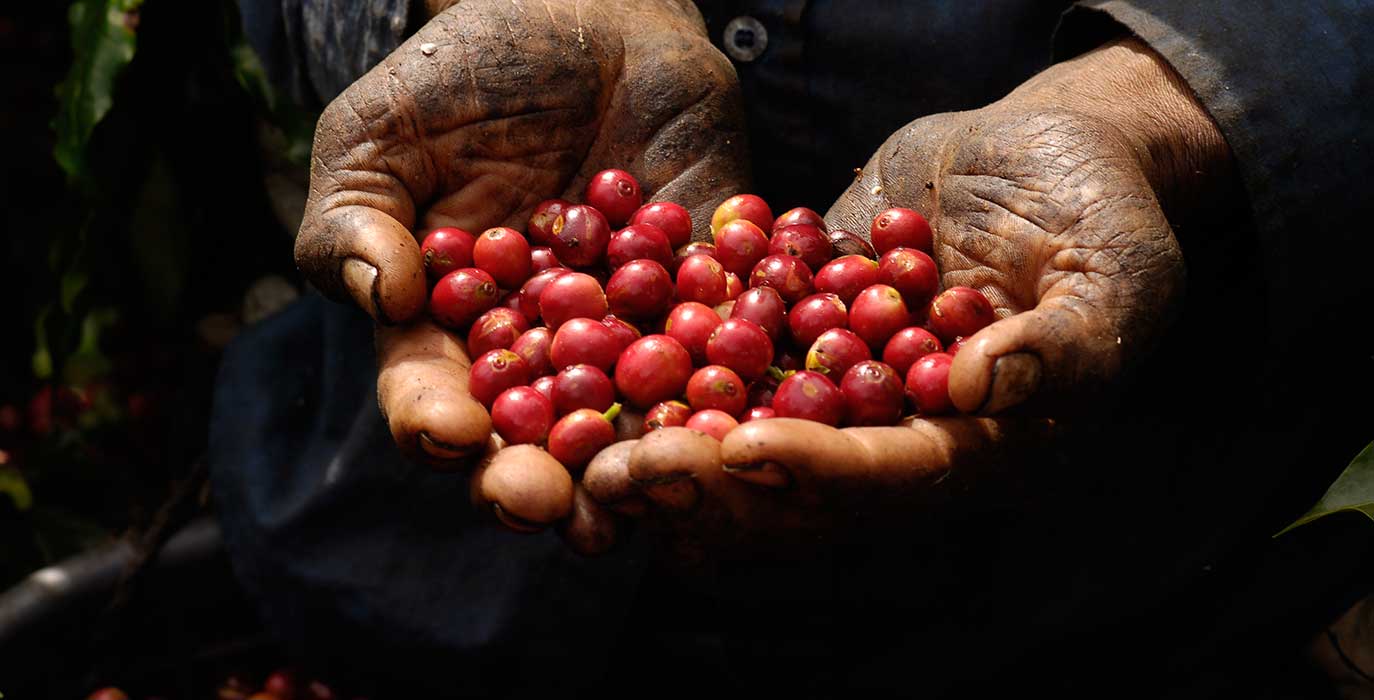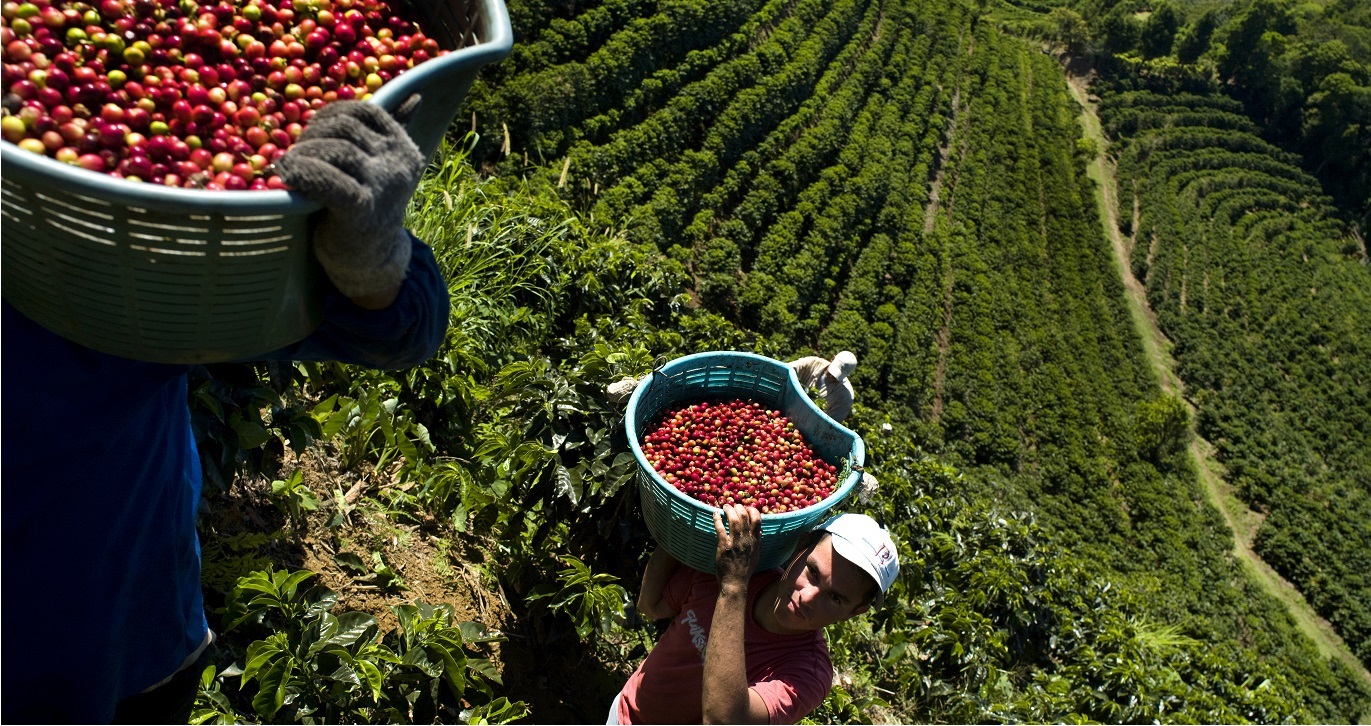

Environment and climate change: Climate-friendly coffee from Costa Rica
Costa Rica has set itself the goal of reducing CO2 emissions in coffee production.
Small country, big sense of responsibility: Costa Rica wants to do its part to reduce global greenhouse gas emissions. The country’s many measures to mitigate climate change include the use of climate-smart methods to cultivate and process coffee. Farmers are, for example, learning how to reuse the organic waste produced during coffee processing and fertilise crops in a more efficient and low-carbon manner.
Coffee is among Costa Rica’s key exports, but coffee production also has a negative impact on the country’s environmental performance: the cultivation and processing of beans make the coffee production the second biggest source of agricultural greenhouse gas emissions. Coffee processing is therefore an important aspect in improving Costa Rica’s climate footprint. One of the country’s Nationally Appropriate Mitigation Actions (NAMAs) is to support the cultivation of climate-friendly coffee. The Deutsche Gesellschaft für Internationale Zusammenarbeit (GIZ) GmbH is advising the country on implementing this measure.
The project is financed using funds from the NAMA Facility, a joint initiative of the German Federal Ministry for the Environment, Nature Conservation, and Nuclear Safety (BMU) and the UK Department for Business, Energy & Industrial Strategy (BEIS). The Facility supports a wide variety of measures aimed at reducing greenhouse gas emissions in developing countries and emerging economies. The project aims to enable farmers and processing companies to sustainably produce and process low-carbon coffee. It also supports efforts to market and sell the world’s first low-carbon coffee as an innovative product worldwide.

Climate-friendly methods also reduce costs
More than half of all emissions produced during coffee production are the result of the use of chemical fertilisers. The organic waste produced during processing accounts for a further 30-40 per cent of emissions: after all, only the coffee bean itself is used, while the shell and the flesh are discarded. This organic waste then slowly decomposes and releases emissions.
In training, participating farmers learn about sustainable farming methods that reduce emissions. They learn how to use chemical fertilisers more efficiently and how to use organic waste in production processes to, for example, heat roasting ovens and thus reduce wood consumption. The discarded remains of the coffee fruit can also be used as a fertiliser to provide additional important nutrients to coffee plants. These and other methods are helping coffee producers to not only reduce emissions, but also cut costs.
One third of farmland in Costa Rica is to be sustainably managed
Between 2015 and 2019, more than 8,900 coffee producers took part in the training on climate-friendly methods. Almost 500 local advisors from the Instituto del Café de Costa Rica (ICAFE) and the Ministry of Agriculture (MAG), who were trained by GIZ, are supporting farmers in their efforts to put their newfound knowledge to good use.

Sustainable farming methods are currently used by over 7,000 coffee producers covering around 25,000 hectares of land – which corresponds to one third of all land used for coffee cultivation in Costa Rica. This has cut carbon dioxide emissions by a total of almost 60,000 tonnes. To identify promising points of departure for this – such as energy-efficient composting machines – producers are pinpointing areas where their greenhouse gas emissions are especially high.
Climate-friendly coffee the world over
In addition to cultivation and processing methods, a further focus of the project is the successful marketing and sale of coffee worldwide. In this context, four sales trips between 2016 and 2019 supported by the project to German and American roasting plants proved a great success. Up to 14 companies have so far been able to position their climate-friendly coffee in international markets.
Costa Rica’s climate-friendly coffee is also attracting interest from various other countries: Peru and Honduras, for example, are currently developing their own measures for climate-neutral coffee.
Last update: March 2020